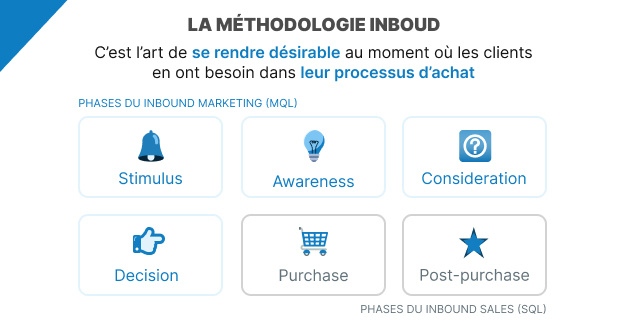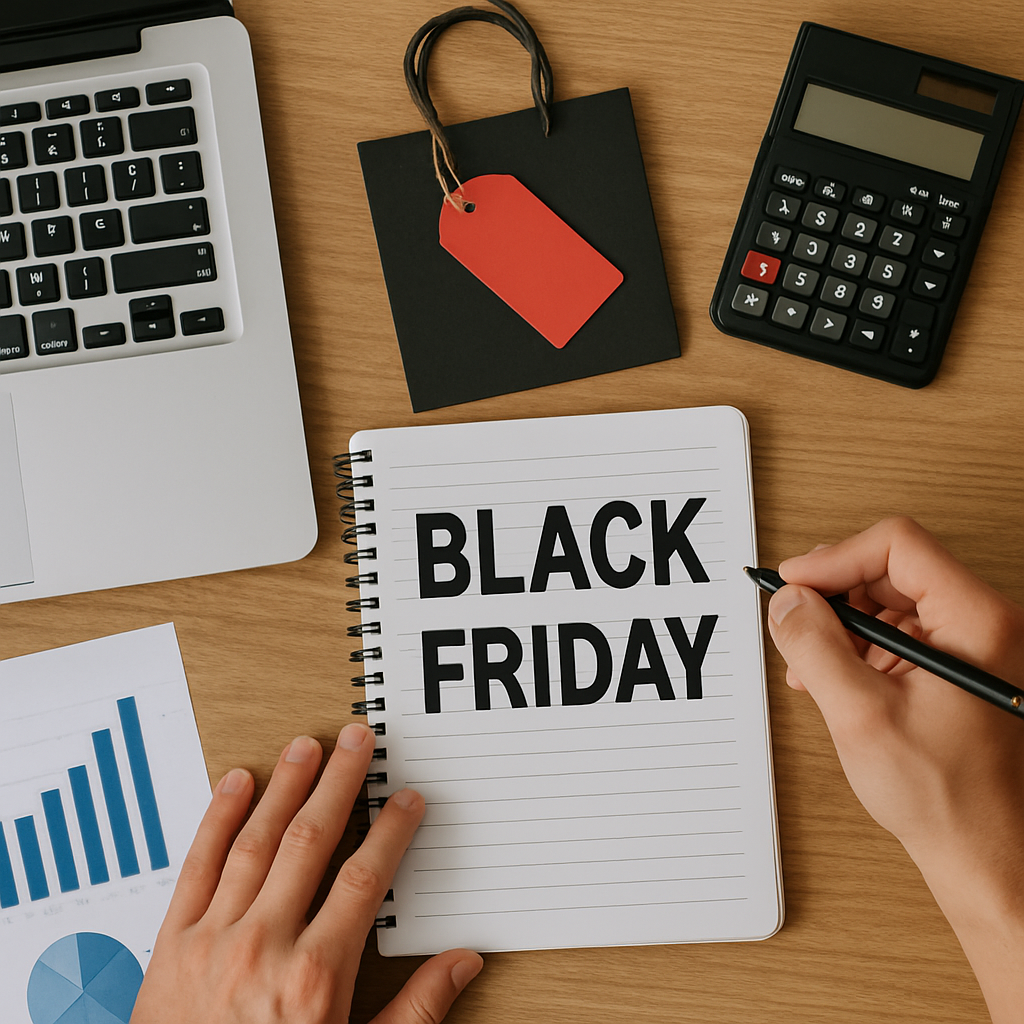We are at the point where e-commerce can no longer be seen as the exclusive preserve of commerce with direct consumers (B2C).
E-commerce is in fact becoming increasingly important in B2B, and companies in this sector must immediately follow suit if they do not want to miss the boat.
On the occasion of the Imagine Magento 2019 convention, Aaron Mathews of Clean Harbors and Erc Gutoski of the BORN group raised this critical aspect that transforms the reality of commerce in B2B from different interesting angles.
The Importance of E-commerce in B2B
Far from being a fad or a luxury that only large companies can afford, e-commerce should, for several reasons, become a top priority for executives, sales and marketing specialists in B2B companies. Here is why !
E-Commerce is Already Strong in B2B
According to the latest data from Forrester, B2B
e-commerce generated sales will grow nearly double to that of B2C-generated sales by 2020, amounting to nearly $1.3 trillion in the United States alone.
We see that 63% of B2B buyer searches already take place online. We know that it is crucial to limit the points of friction and the multiplication of the steps to achieve a purchase.
We can see that 53% of B2B transactions in the United-States were completed online in 2018.
Some Strategic Elements to Plan
To be successful in B2B e-commerce, you have to take the time to think about certain strategic elements and find the right tools before getting started. Here are some things to consider to lay a solid foundation.
1.Determine your Personas
What buyer profiles do you usually deal with? Determine semi-fictitious and generalized representations of your ideal customers to help you personalize and better understand your target customers, in addition to facilitating the creation of customized content and the deployment of strategies.
For example, you need to identify their motivations and irritants, the ways in which they search for products, how they enjoy communicating with B2B companies, etc. Also, assess their degree of involvement at different stages of the decision-making process in the company; how much of a buyer, initiator, internal or external influencer, user, decision-maker or gatekeeper are they?
Note, however, that personas should not be focused on professional titles, but rather oriented in terms of buying motivations. What are the different reasons an individual would purchase your products or services? This method allows you to outline the profile of responsibilities and professional preferences of stakeholders, then create a value proposition geared towards their concrete motivations.
On average, three people are involved in a B2B purchasing process. Simplify their life!
2.Take a Buyer's Journey
B2B selling is often - wrongly - completely dissociated from B2C selling, as if they were two separate worlds. However, the B2B customer is not a company, but an individual or a group of individuals within a company, and each of them is a consumer.
However, keep in mind that your buyer's journey and purchasing contexts are entirely different in B2C and B2B. On the other hand, even in B2B, it is possible to personalize the digital approach to improve sales.
Take the time to do your buyer's journey well, to determine how each of your personas goes through the stages of awareness, consideration, decision and retention. It will then be easier to establish a strategy to guide them to your business through this process.
3.Personalize your Approach
The personalization of the experience of the various stakeholders who interact with you is a fundamental element in promoting customer loyalty in B2B e-commerce.
4.Inbound and Marketing Automation
In the Inbound methodology, it is important to have targeted content for each persona, in each of the stages of the conversion funnel.

Here are some things you can automate to lighten your load and optimize your processes:
-
Automated email sending
-
Smart content (content that changes according to personas in emails, site pages, forms and calls to action)
-
Lead scoring (evaluation of prospects to prioritize efforts)
-
Workflows (planned and predetermined sequences of events)
Don't Miss the Train
B2B companies that take too long to integrate e-commerce into their business model and that do not have a solution in place to capture e-commerce traffic, risk unintentionally passing their clients on to one or more of their competitors who have integrated the appropriate tools into their sales gear. Keep in mind that the simpler and faster you make your e-commerce process, the more likely you are to acquire and retain customers.
Globalia Expert Recommendation: Magento + Inbound Tool (HubSpot)
There are different tools for making the transition to e-commerce, but it is important to choose one that makes your life easier rather than complicating it. The Globalia team, an expert for more than 15 years in e-commerce, recommends setting up Magento for B2B e-commerce.
Magento is a complete solution that combines a B2B portal with a whole range of add-ons to each other to ensure an enjoyable and successful e-commerce experience for both you and your customers.
By adding HubSpot's inbound marketing capabilities to your ecommerce efforts, you will not only attract more customers to your transactional platform, but also establish your position as experts in your field.

-Jun-06-2024-01-11-23-0147-PM.jpg?width=600&name=Partenaire-Google%20(1)-Jun-06-2024-01-11-23-0147-PM.jpg)

.png?width=309&name=Untitled%20(504%20x%20309%20px).png)

